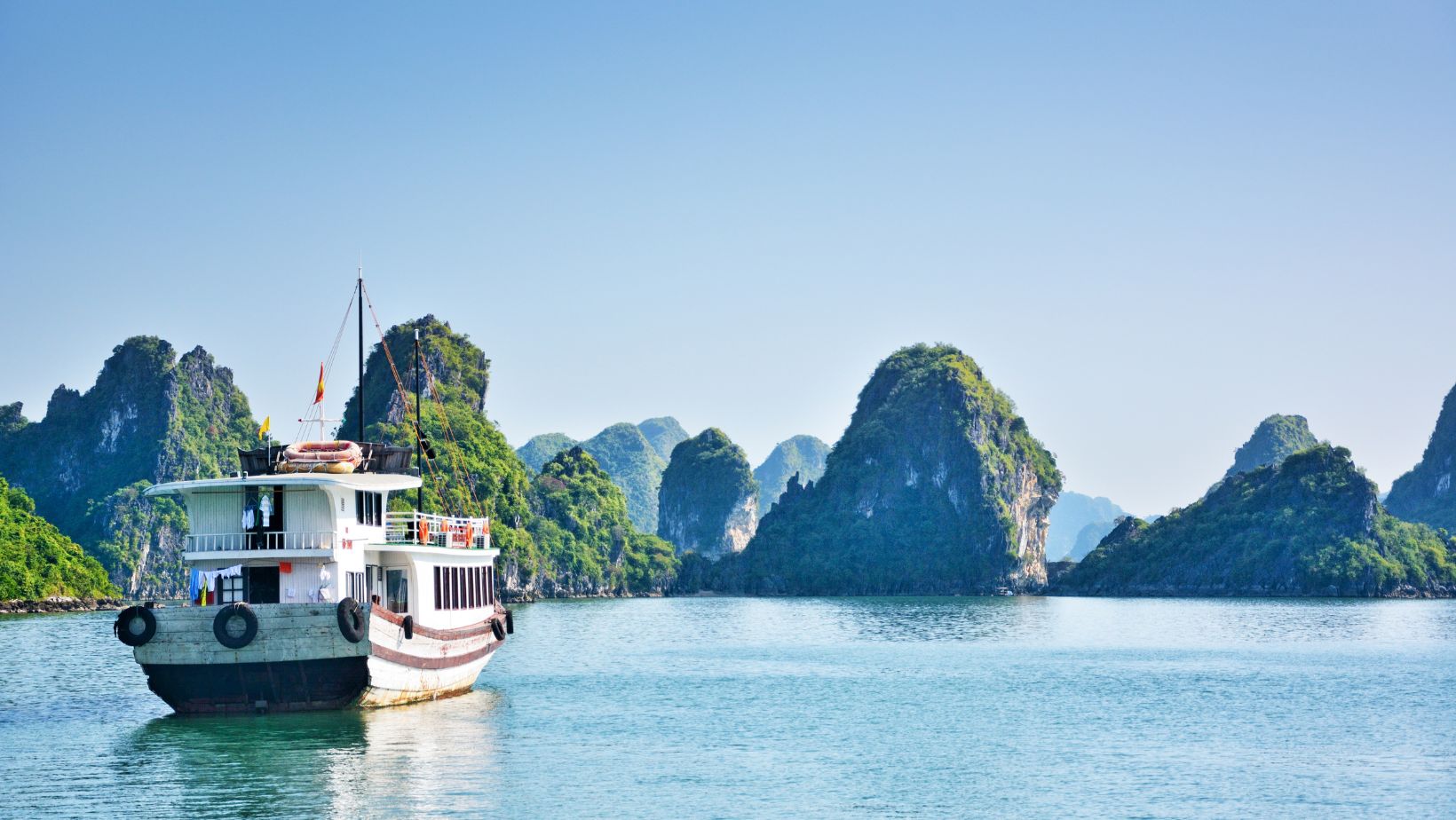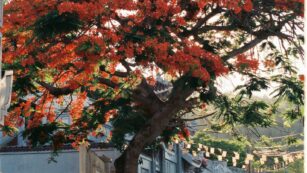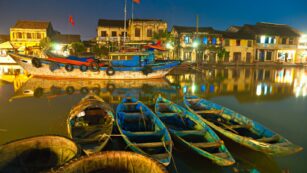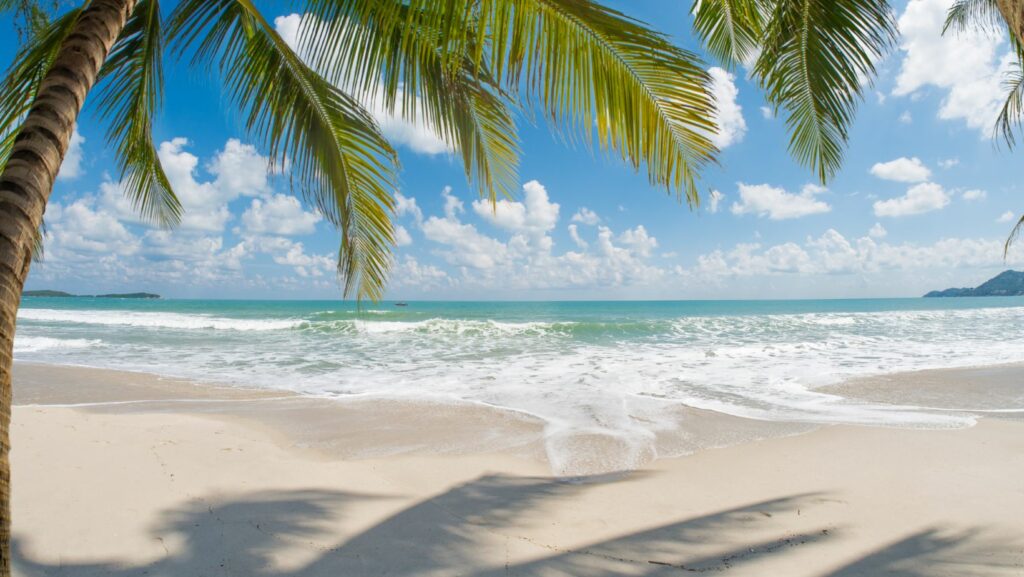
Vietnam, a vibrant tapestry of lush landscapes and ancient history, beckons travelers with its stunning array of sights and experiences. From the mist-shrouded peaks of Sapa to the labyrinthine streets of Hanoi’s Old Quarter, this Southeast Asian gem offers a journey as diverse as it is captivating. Each destination in Vietnam tells its own story, weaving a rich narrative that captivates the heart of every visitor.
Popular Tourist Destinations in Vietnam
Vietnam’s allure as a travel destination stems from its rich tapestry of cultural history and breathtaking landscapes, attracting millions of tourists each year. Key destinations each offer distinctive experiences and sights, making them must-visit spots for anyone traveling to this Southeast Asian nation. For a unique way to explore the country, consider joining one of the many Vietnam bike tours, which provide an intimate experience of its landscapes and culture.
Ha Long Bay
 Known for its emerald waters and towering limestone islands topped with rainforests, Ha Long Bay is a UNESCO World Heritage Site and a pinnacle of natural beauty. Visitors often explore this area aboard traditional junk boats, engaging in activities like kayaking and cave tours. The region is famous for sightings of dolphins and sea turtles, providing a perfect blend of adventure and relaxation.
Known for its emerald waters and towering limestone islands topped with rainforests, Ha Long Bay is a UNESCO World Heritage Site and a pinnacle of natural beauty. Visitors often explore this area aboard traditional junk boats, engaging in activities like kayaking and cave tours. The region is famous for sightings of dolphins and sea turtles, providing a perfect blend of adventure and relaxation.
Hoi An Ancient Town
Hoi An remains a well-preserved example of a Southeast Asian trading port dating from the 15th to the 19th century. The town reflects a unique blend of indigenous and foreign influences, evident in its architecture and the local cuisine. Lantern-lit streets and vibrant markets make Hoi An enchanting, especially during the monthly Full Moon Festival when historical and cultural celebrations take center stage.
Hue Imperial City
 Once the capital of Vietnam, Hue is rich in history, with its majestic Imperial City standing testament to the past dynasties. This UNESCO-listed site features palaces, temples, walls, and gates, offering a profound glimpse into Vietnam’s royal heritage. The city’s Perfume River adds a picturesque setting, ideal for boat trips that extend to various tombs and temples along its banks.
Once the capital of Vietnam, Hue is rich in history, with its majestic Imperial City standing testament to the past dynasties. This UNESCO-listed site features palaces, temples, walls, and gates, offering a profound glimpse into Vietnam’s royal heritage. The city’s Perfume River adds a picturesque setting, ideal for boat trips that extend to various tombs and temples along its banks.
The War Remnants Museum, Ho Chi Minh City
This museum presents a poignant view of the Vietnam War through the lens of its victims. Exhibits include photographs, machinery, and weapons that portray the harsh realities of war. The museum serves as a vital reminder of the resilience and suffering of the Vietnamese people, drawing visitors who seek to understand more about the country’s recent history.
Phong Nha-Ke Bang National Park
As home to the largest cave in the world, Hang Son Doong, Phong Nha-Ke Bang National Park is a paradise for adventurers and nature lovers. The park is recognized as a UNESCO World Heritage Site due to its impressive limestone karsts and extensive cave systems, which are over 400 million years old. Activities like cave trekking and underground river tours offer unparalleled adventures in this landscape of astounding geological diversity.
Cultural Heritage Sites
The Ancient Town of Hoi An
 Hoi An, located in Vietnam’s central coast, is a remarkably well-preserved example of a Southeast Asian trading port dating from the 15th to the 19th century. Its buildings and street plan reflect the influences, both indigenous and foreign, that have combined to produce this unique heritage site. The town is renowned for its historic architecture, a mix of eras and styles from wooden Chinese shophouses and temples to colorful French colonial buildings, ornate Vietnamese tube houses, and the iconic Japanese Covered Bridge with its pagoda. Hoi An lights up with vibrant lanterns at night, offering a magical setting that draws countless visitors annually.
Hoi An, located in Vietnam’s central coast, is a remarkably well-preserved example of a Southeast Asian trading port dating from the 15th to the 19th century. Its buildings and street plan reflect the influences, both indigenous and foreign, that have combined to produce this unique heritage site. The town is renowned for its historic architecture, a mix of eras and styles from wooden Chinese shophouses and temples to colorful French colonial buildings, ornate Vietnamese tube houses, and the iconic Japanese Covered Bridge with its pagoda. Hoi An lights up with vibrant lanterns at night, offering a magical setting that draws countless visitors annually.
The Imperial City of Hue
The Imperial City of Hue, once the capital of Vietnam, stands as a symbol of the power and prestige of the former imperial dynasties. Detained within the towering walls of the citadel are the palaces and shrines of the Forbidden Purple City, once the exclusive domain of emperors and their retainers. The city is located on the banks of the Perfume River, enhancing its natural scenic beauty. It’s not only a testament to the imperial administration and ceremonial customs but also a significant archaeological and architectural site. Visitors appreciate the grandeur of its architecture and the detailed stonework that speaks volumes about the craftsmanship of its builders. Hue also hosts festivals that depict and celebrate the rich tapestry of its history, making it a dynamic hub of cultural heritage.


